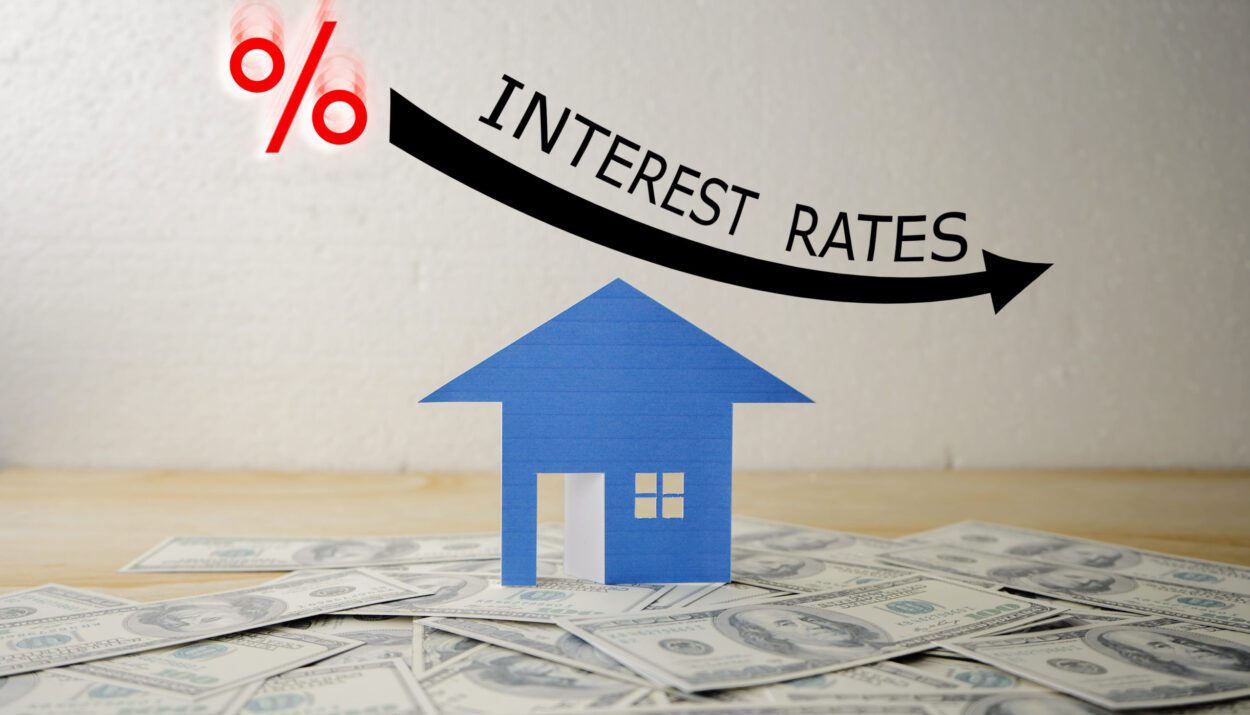After reaching near two-decade highs, mortgage rates are showing signs of easing, thanks to the Federal Reserve’s aggressive rate cuts, sparking interest among prospective homebuyers about future affordability.
Detailed Analysis:
- Historical Context: Late 2022 saw mortgage rates soar between 6% and 7%, escalating further to almost 8% by fall 2023. This surge was a reaction to persistently high inflation, prompting the Federal Reserve to hike rates throughout 2022 and 2023.
- Federal Reserve Actions: In a pivotal move, the Fed slashed the federal funds rate by 50 basis points in September 2024, surpassing expectations of a 25 basis point cut. This decision aims to stimulate more economic activity by making borrowing cheaper.
- Impact on Mortgage Rates: Although the Fed rate cuts are designed to lower borrowing costs, mortgage rates often respond indirectly. As of now, rates have decreased from their peak, with further reductions anticipated as the Fed plans additional cuts through 2025.
- Current State: As of August 2024, the national average 30-year mortgage rate dropped significantly from earlier in the year, suggesting a cooling down from the recent highs.
- Economic Indicators: With inflation showing signs of easing, the Fed is more confident in reducing rates. This could lead to more substantial decreases in mortgage rates, potentially improving home affordability.
- Future Predictions: Analysts from Fannie Mae and the Mortgage Bankers Association project that 30-year mortgage rates could fall to around 5.7% to 5.8% by the end of 2025. However, immediate drastic drops are unlikely, with gradual declines expected instead.
- Buying Advice: Potential homebuyers considering when to purchase should weigh current mortgage rates against other market factors, such as home prices and inventory. While waiting for lower rates might seem prudent, increasing demand could drive prices up, offsetting the benefit of slightly lower rates.
- Long-Term Outlook: Economists are cautiously optimistic that mortgage rates will continue to decrease into 2025, making long-term planning crucial for prospective buyers.
Understanding these trends is vital for making informed decisions in the real estate market, especially for those looking to buy or refinance in an ever-changing economic landscape.
The original news is here:










